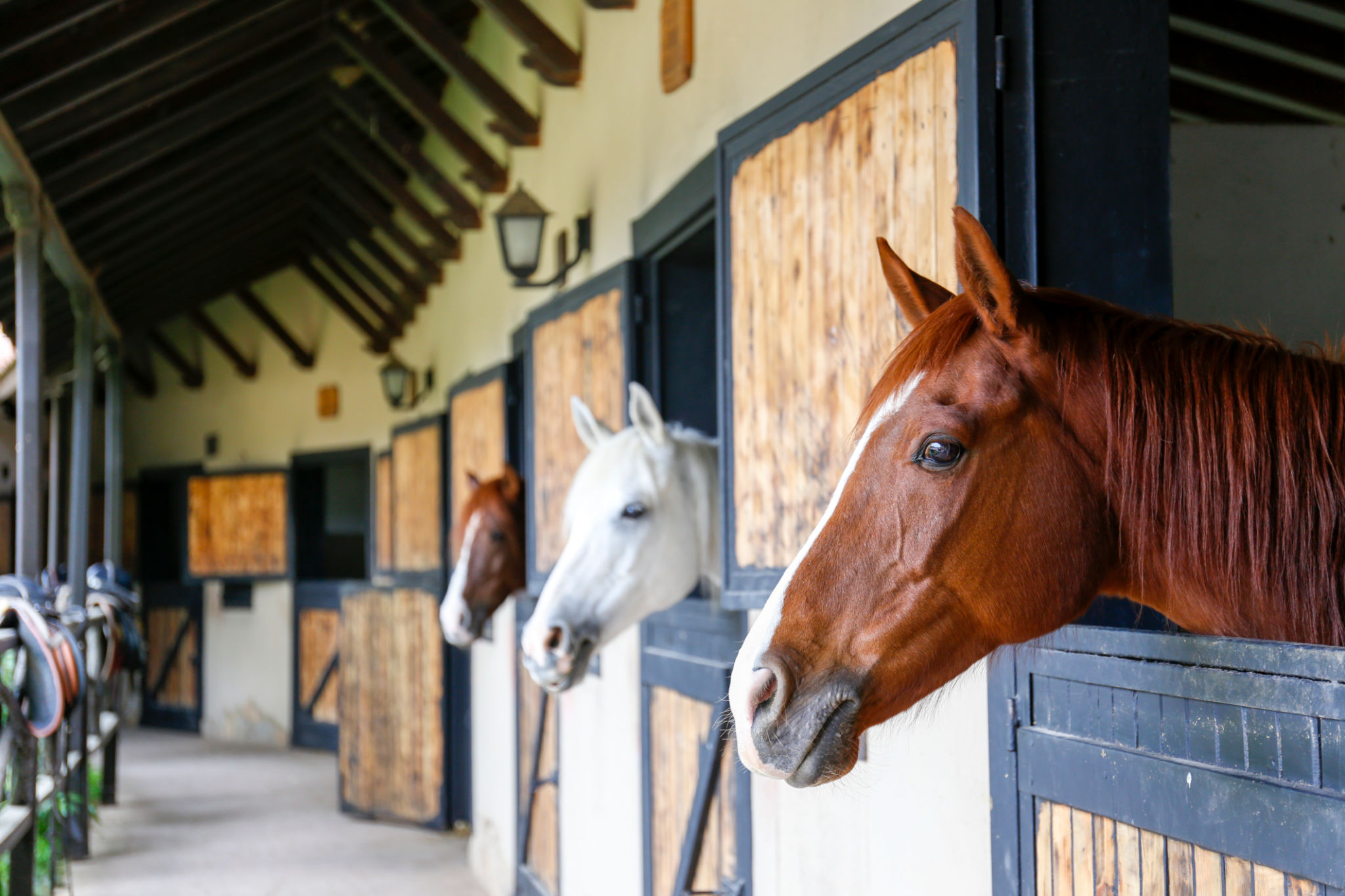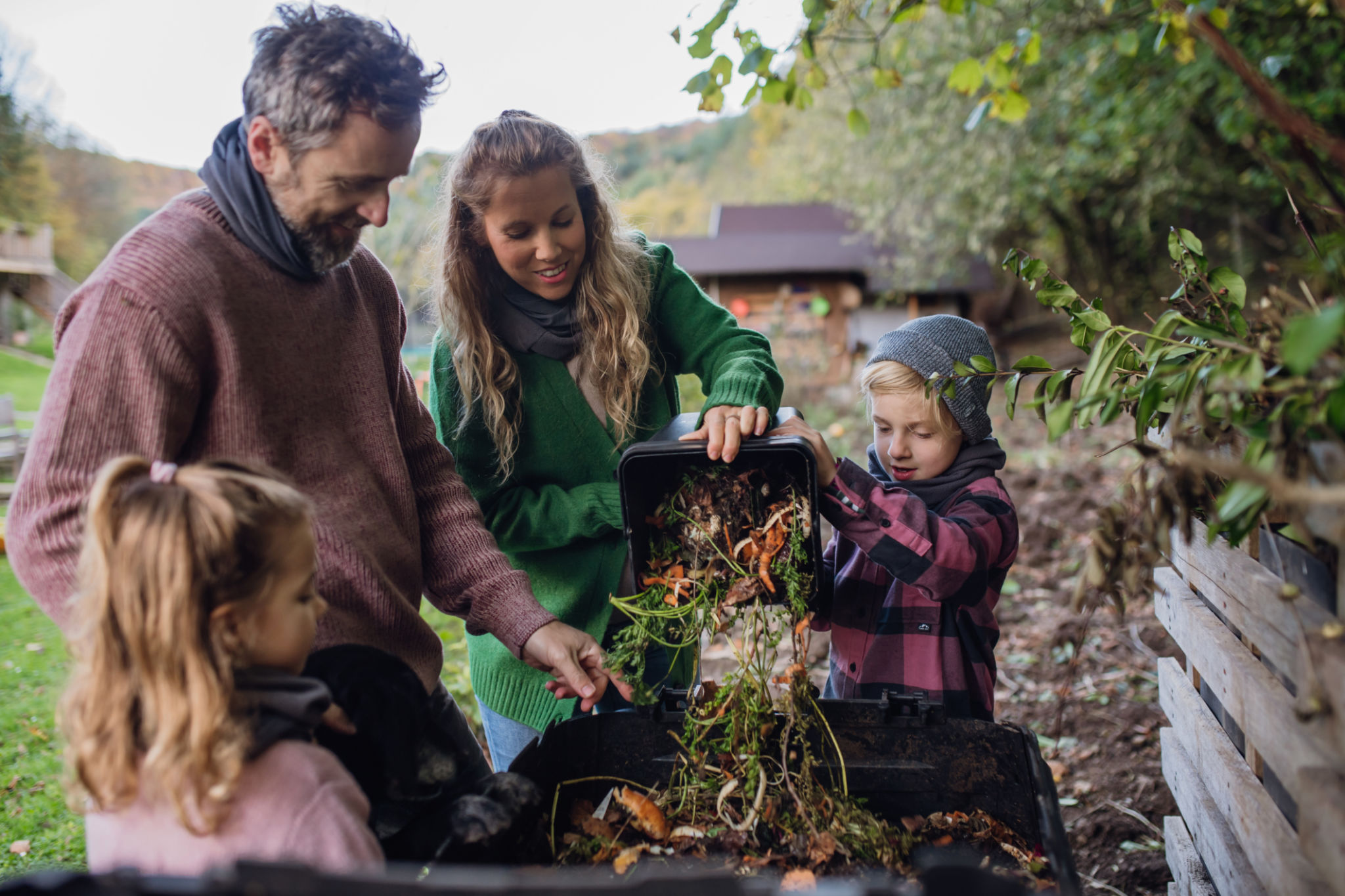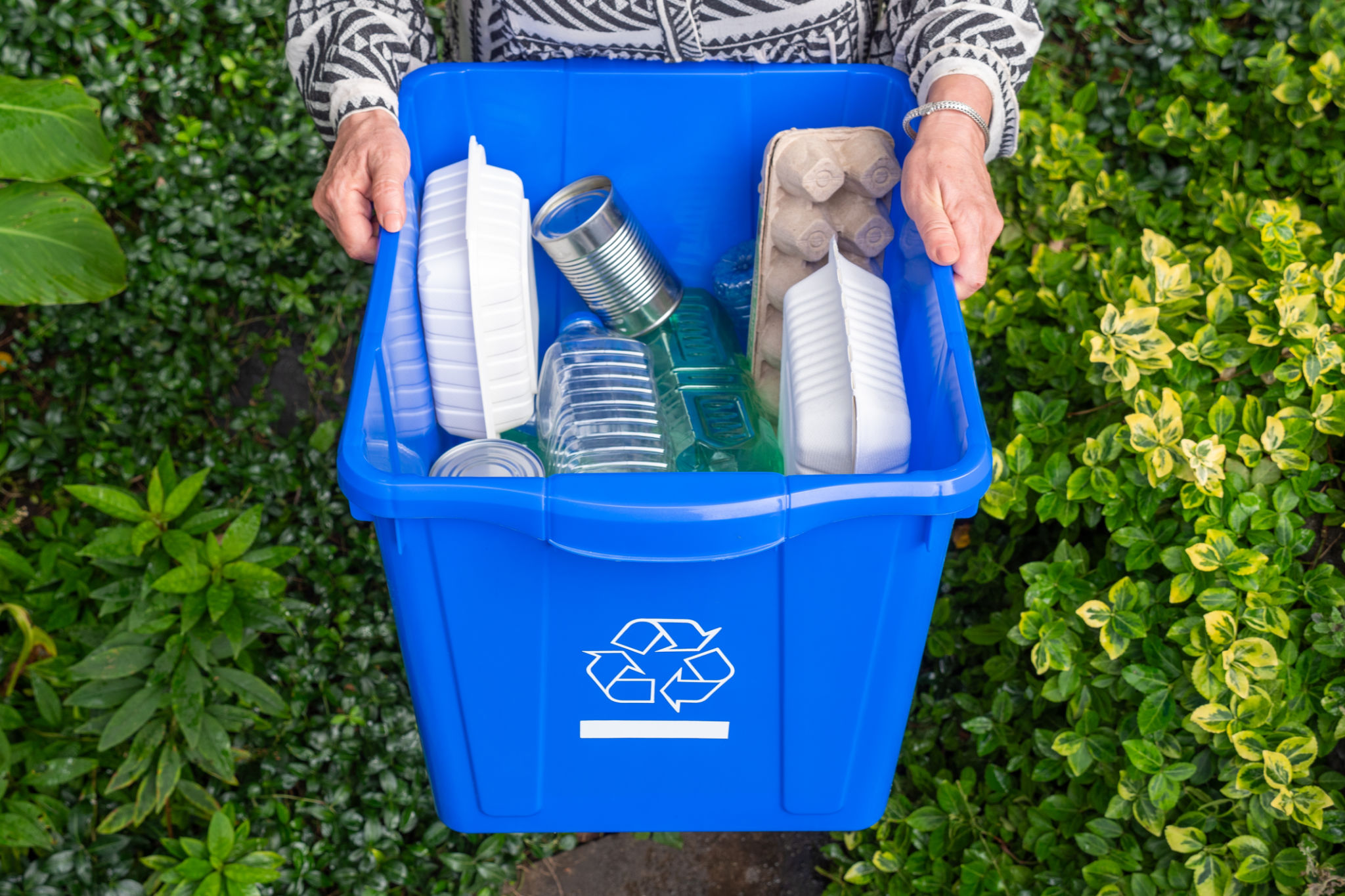Case Study: Successful Equine Waste Management in Large Stables
Introduction to Equine Waste Management
Effective equine waste management is a crucial aspect of running large stables. With a significant number of horses, the volume of waste produced can be overwhelming if not managed properly. This case study explores how some stables have successfully implemented waste management systems to ensure environmental sustainability and operational efficiency.

Challenges in Managing Equine Waste
Large stables face several challenges when it comes to managing equine waste. These include the sheer volume of manure and bedding, the potential for odor, and the risk of environmental contamination. Additionally, waste management can be labor-intensive and costly if not handled efficiently.
Volume and Environmental Impact
On average, a single horse can produce up to 50 pounds of manure and soiled bedding per day. For stables housing dozens or even hundreds of horses, this quickly adds up. Without proper management, this waste can contribute to pollution and pose health risks.
Innovative Solutions Implemented by Successful Stables
Some large stables have adopted innovative solutions to tackle these challenges. These strategies not only manage waste effectively but also turn it into a resource.

Composting Systems
Many stables have implemented composting systems to convert horse manure into a valuable soil amendment. These systems involve collecting manure and bedding in designated areas where it can decompose naturally. The composting process reduces the volume of waste and eliminates pathogens, creating a nutrient-rich product that can be used on pastures or sold.
Recycling Bedding Materials
An effective strategy involves recycling bedding materials. Stables can use bedding made from recycled paper or wood shavings, which are biodegradable and easier to compost. Some facilities even clean and reuse certain types of bedding, reducing waste and costs.

Implementing Waste-to-Energy Technologies
A few pioneering stables have invested in waste-to-energy technologies. These systems convert organic waste into biogas through anaerobic digestion. The biogas can be used to generate electricity or heating, providing a sustainable energy source for the facility.
Benefits of Waste-to-Energy
This approach offers multiple benefits, including reducing reliance on traditional energy sources and decreasing greenhouse gas emissions. It also helps stables manage waste more effectively while providing an additional revenue stream from energy production.
Conclusion: Lessons Learned
The success stories of these stables highlight several key takeaways for effective equine waste management:
- Adopt environmentally sustainable practices to manage waste efficiently.
- Invest in technology to turn waste into a valuable resource.
- Consider the long-term benefits of sustainable waste management, including cost savings and reduced environmental impact.
By embracing these strategies, large stables can not only mitigate the challenges of equine waste but also contribute positively to the environment and their bottom line.
